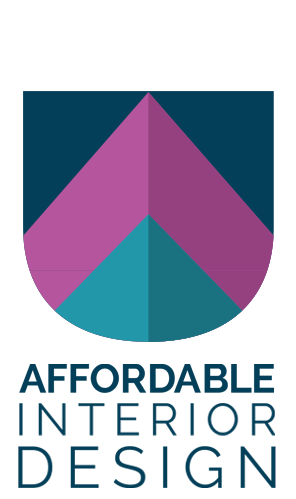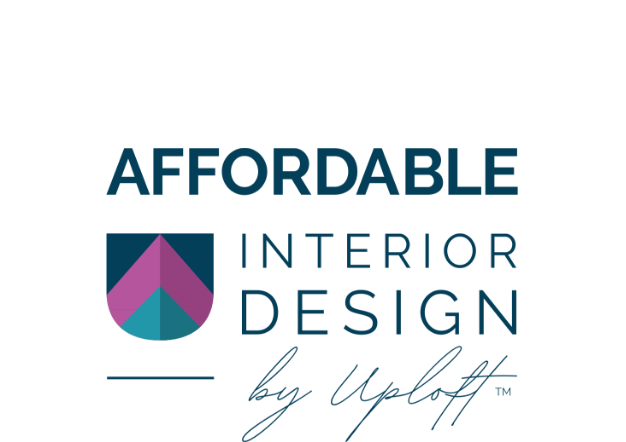I’m excited to be with you this week as I am joined by a very special and meaningful guest, Thom Filicia. He is known for his role as an expert designer on Queer Eye for the Straight Guy TV show and is the top designer and founder of Thom Filicia Incorporated. He is the entire reason I am a designer today. Let’s take a look at his take on internships in the design space, what led him to become an interior designer, and one of the most discouraging parts of being a new designer.
This episode, we discuss…
[3:30] Thom’s beliefs about the power of internships in the design space
Thom really believes in the idea of internships and their power. He was an intern himself in the past at Parish-Hadley for a few seasons, and then they hired him right out of school. Internships are essential to him because they help young people figure out what they want to do in the industry they’re interested in. In addition, it gives someone a better understanding, perspective, and hands-on experience for a career otherwise theoretical at that point in their lives.
Another thing it does for young people is that it gives them confidence that, especially in the design world, they are making good choices. For example, Thom had an intern with him the other day while shopping for fabrics, and she picked a fabric he liked. So Thom made a big deal out of it to help give her more of that confidence.
Whenever he gets the chance to talk to young people, he always makes a point to say that whatever they are studying to do an internship or offer to work for someone who does something that you could potentially be interested in. So don’t work for free, but offer to work for that person or company. It is an opportunity to learn, jump in, and be hands-on. That’s why Thom loves to have interns at his design firm for them to immerse themselves in helping and making things happen fully.
[6:46] A glimpse into Thom’s origin story as a designer
When Thom was in fifth grade, his teacher Mrs. Chamberlain, went away on vacation. As all the elementary kids did back then, they told the substitute teacher what they were allowed to do – like come and go as they please, draw on their desks, and go to the bathroom anytime they wanted. But, of course, these things weren’t really on their list of things they could do.
While Mrs. Chamberlain was gone, though, Thom drew a house on his desk that he added to daily for the entire week. He described it as an escher meets traditional shingle style house. So when she returned the next week, he got in trouble and had to see the principal after school that day. Before Thom was told to erase it and write over and over again on the blackboard how he would not do it anymore, the principal took his picture with Thom and the desk. The image must have been pretty good, right? He knew they were disappointed in him for writing on his desk but wowed by his talent for drawing.
Drawing became important to him, so he always drew houses and layouts. His father, an engineer at the time, taught him how to draft and gave him his own drafting tools. Then in sixth grade, Thom and a girl named Julie wanted to be architects and started designing houses on paper, and the principal, the same one from earlier, put the drawings on the bulletin board outside his office.
Thom was never the one to win spelling bees or things like that, so when the principal put those up on the bulletin board outside his office, he finally felt like he was winning at something. It was like being on the front of The New York Times for him as a kid.
That’s when he really started to realize he wanted to go into design and architecture to design homes. Not only was he put into an advanced art class in sixth grade, but he also started researching and doing school projects on architecture as a career, which lasted until the end of high school. After that, he stayed in the art space and took several different classes to start building his portfolio for college – so that’s how he found design.
Thom always remembers his love for design as a kid and his ability to go into any room or house in his neighborhood and know the exact layout and details of the house. From an early age, that’s how his brain was wired to work, which has followed him throughout his life.
[14:02] How his love of architecture turned into a passion for interior design
At a younger age, Thom just viewed architecture as an all-encompassing design. He thought you would pick the land, design the house, and build the house. In the 1970s and 1980s, it was viewed as the most professional of the design occupations at the time, so Thom thinks that had something to do with him choosing architecture as a boy. Interior design at this time was more for the self-proclaimed professionals – at least in the suburban areas, but it wasn’t considered a real profession yet at the time. That’s still somewhat true now to some degree, he thinks, but architecture and design are more equally professional.
Many colleges back in the day didn’t offer interior design. As a result, he found it hard to find schools that were cool and had outstanding interior design programs. That’s why Thom thinks he followed the path toward architecture.
The change from architecture to interior design came about when he went to view Syracuse University’s architecture department. He discovered their life and school balance was off because they always stayed in the studio. Thom wanted a balance of curricula but also a fun social life. So when he visited the interiors department, he knew then that the interiors department was where he wanted to be because it felt like a mix of architecture and interiors. He also loved the close-knit community of under 20 people, whereas the architecture department had 300 students. The environments were so different, too. He loved his time at Syracuse University and has since returned as a visiting professor and received the Arent’s Award for his outstanding achievements as an alumnus. So he has a massive connection to his University and made friends with many different demographics of people, especially in the greek system like he was. It has helped him to communicate and share common ground with so many people, which has been helpful for his business in design.
[23:43] The most difficult part about being a new designer
Between working as an intern at Parrish-Hadley, doing several projects for David Kleinberg, and working with Geoffrey Bilhuber, Thom realized that most of the clientele for design at the time was the 1% of wealthiest people in the world like the Rockefeller family, that these people were the only ones who could afford true design.
Thom felt like he was a part of a generation where design was starting to become something for everyone. Stores like Target and Crate and Barrel had surprisingly sophisticated products, so the design world was changing and wasn’t just for the 1% anymore. It discouraged him that he went to university and studied design as a concept for it to then only be for the super-rich.
It was as though interior design was behind the times in terms of being a concept for everyone. Certain people working at design firms would have never even mixed the new way with the old way – like an old-school pretentious business. So what was challenging for Thom was that design didn’t feel fair or up-to-date. That was until he saw Geoffrey Bilhuber, Arrow Studios, and other people begin to mix mid-century garbage that they fixed up with modern, contemporary things. This was cool to Thom, and it began to open up the idea of mixing high, medium, and low in a stylish way instead of just expensive things. That was a massive deal for Thom.
Then design came to the TV, making it more accessible for your average people. These shows weren’t showing authentic design, per se, but they invited people into the design conversation that hadn’t been asked before. So when Queer Eye for the Straight Guy became a possibility for Thom, he wanted to be a part of the evolution of design, becoming a conversation for everyone.
Connect with Thom:
Links:
Website:
Book:
https://www.betsyhelmuth.com/my-book
Become a Premium Member:
https://affordableinteriordesign.com/podcast
Submit Your Questions:
https://affordableinteriordesign.com/podcast
Instagram:
https://www.instagram.com/affordableinteriordesign
Facebook:


